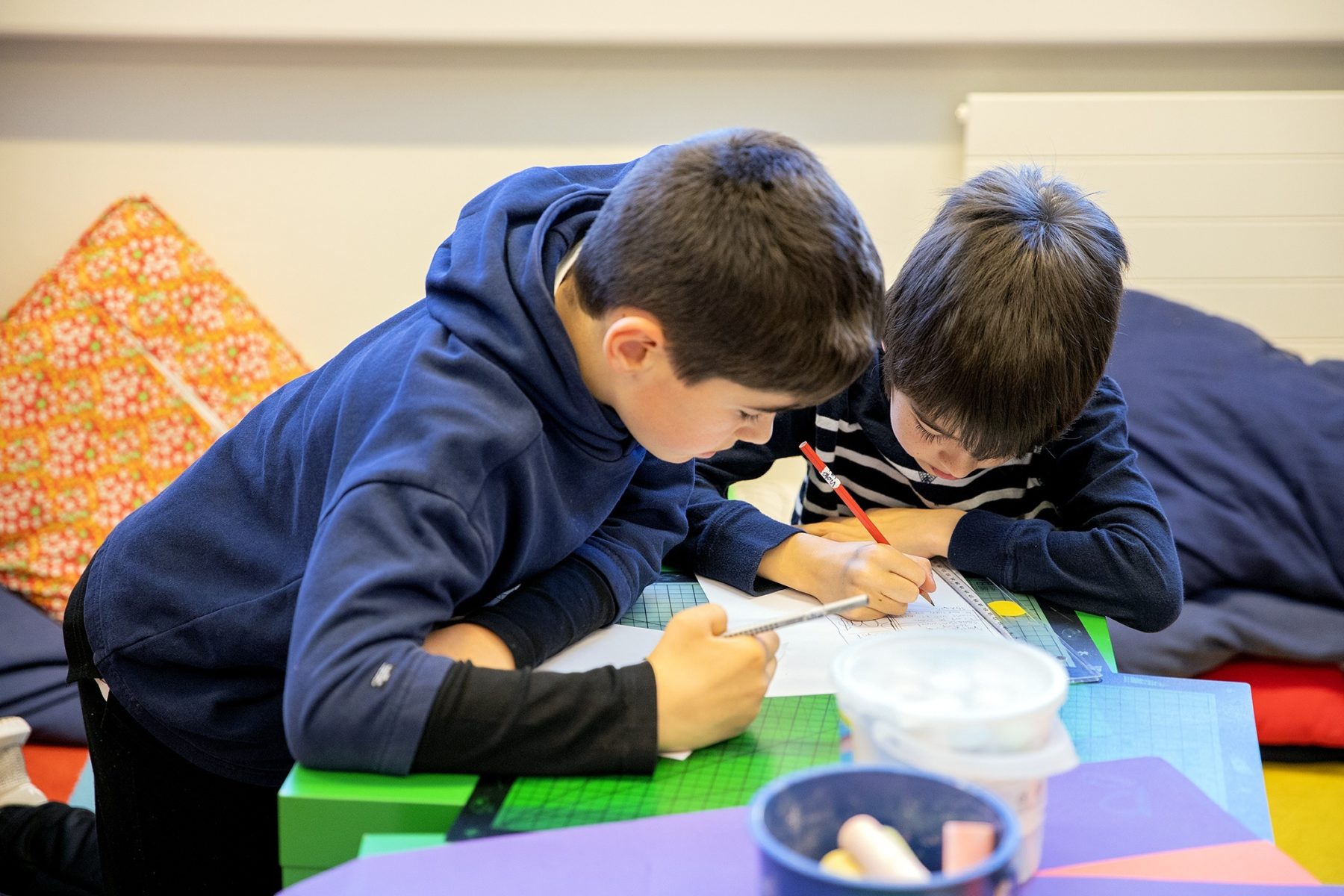
Bilingual Programme
A neuroscience-informed approach to bilingual learning
Our Bilingual Programme (formerly known as our Dual Language programme) for Years 3 to 6 is designed around what neuroscience and international educational research reveal about how the brain acquires, stores, and applies language. Studies demonstrate that multilingual learners frequently outperform monolingual peers in cognitive flexibility, working memory, and metalinguistic awareness. By intentionally alternating English and French throughout the week and using a co-teaching model, we nurture both languages while strengthening the neural networks that underpin all learning.
Why bilingualism matters
High-quality immersion programmes like ours, with language learning integrated into the curriculum:
- Lead to native-like comprehension in both languages without harming first-language development.
- Keep subject learning on track while enhancing executive function and problem-solving skills.
- Foster metalinguistic awareness that makes additional language learning easier.
Key Facts
Bilingual Programme at ISL
240
STUDENTS IN THE PRIMARY SCHOOL
83
STUDENTS ENROLLED IN THE BILINGUAL PROGRAMME FOR THE ACADEMIC YEAR 2025-2026
86%
OF OUR CURRENT PRIMARY SCHOOL FAMILIES SHOWED STRONG INTEREST IN THIS APPROACH TO LEARNING
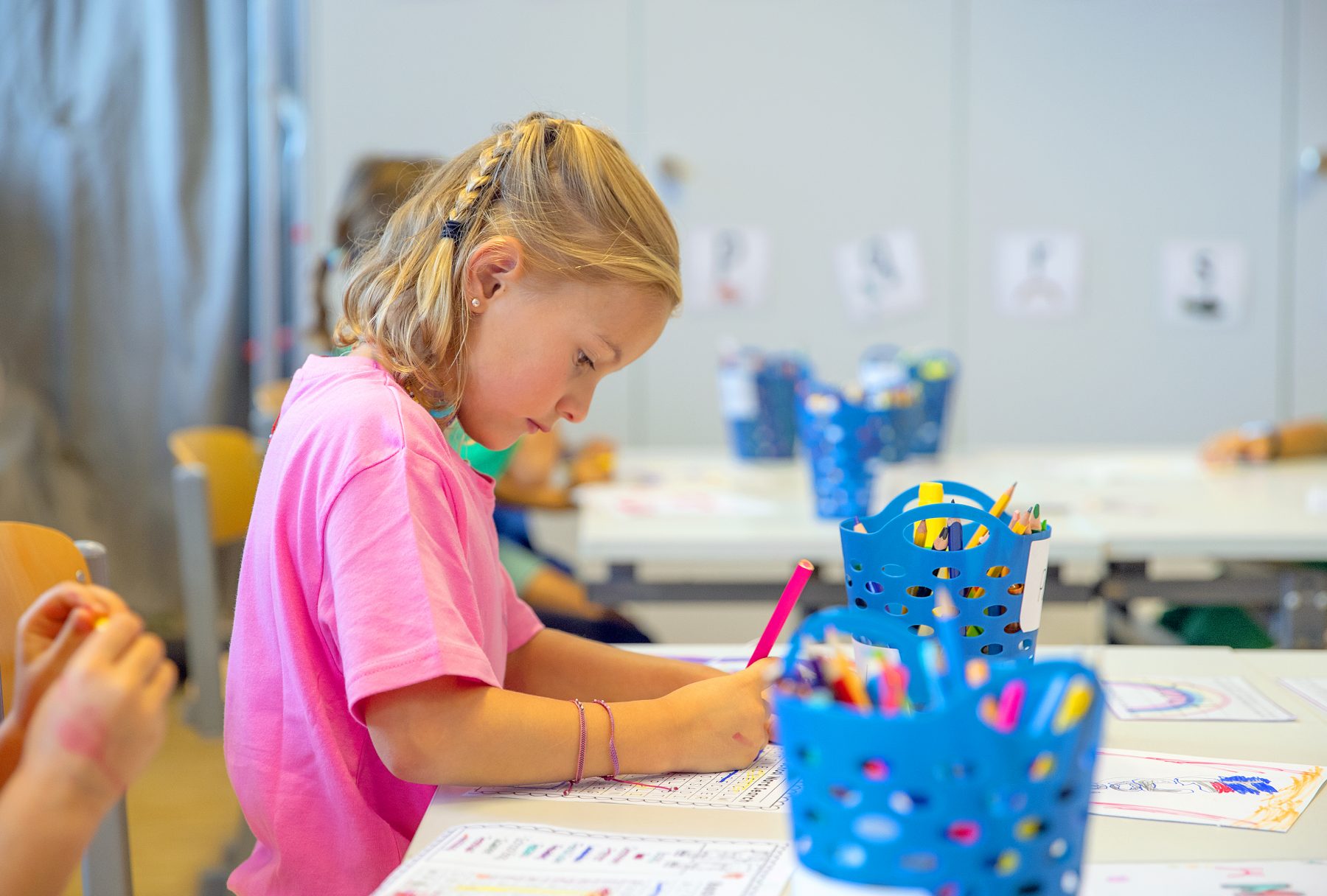
A truly immersive learning experience
Our programme fosters bilingualism, biliteracy, and cultural awareness through a dynamic, inquiry-led curriculum. In the Primary School learning takes place in both English and French, with two dedicated classroom teachers co-planning and co-delivering the International Baccalaureate Primary Years Programme (PYP).
Lessons are structured using a Content and Language Integrated Learning (CLIL) model, allowing students to develop subject knowledge and language skills simultaneously—an approach strongly supported by findings in cognitive science.
In the Secondary School students have the option to build an ‘a la carte’ programme with Science and humanities offered in both languages to match the programme to their language needs.
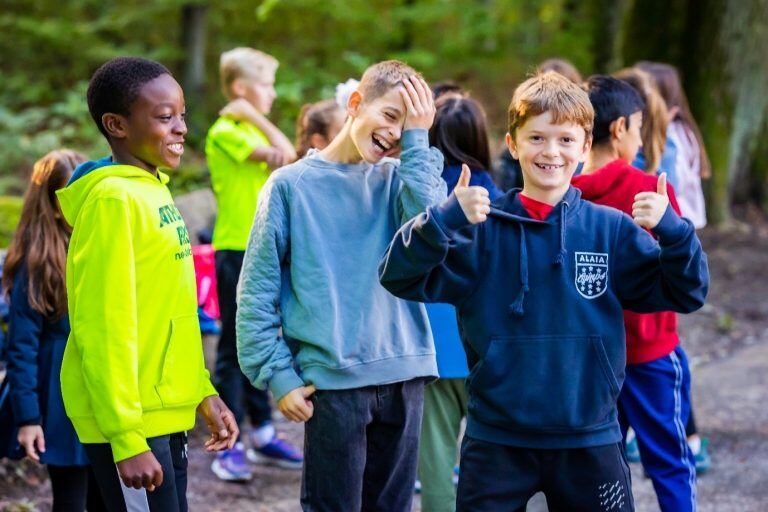
Why it works
Extensive neuroscience research highlights the long-term benefits of bilingual education:
- Greater executive function (attention, task-switching, self-regulation)
- Increased neuroplasticity (the brain’s ability to adapt and grow)
- Stronger working memory
- Enhanced metalinguistic awareness, making it easier to learn additional languages
By engaging in academic tasks across two languages, students develop a more flexible and resilient brain—skills that support lifelong learning and global citizenship.
Pathway and participation
In the Primary School, the Bilingual Programme is available from Years 3 to 6 and is delivered through a co-teaching model that provides equal access to both English and French each week. The learning rhythm alternates between the languages to ensure immersion while maintaining continuity in the curriculum.
As students move into the Secondary School they can then continue on their language journey with the opportunity to follow their science and humanities courses in English or French through to Year 9. Currently, more than 40% of our students graduate at the end of Year 13 with a Bilingual Diploma.
Sustaining the home language
Evidence confirms that strong skills in a first language actively reinforce second-language acquisition. Reading, writing, and argumentation techniques transfer readily between languages. We encourage families to maintain rich use of heritage languages at home and supply guidance on age-appropriate resources.
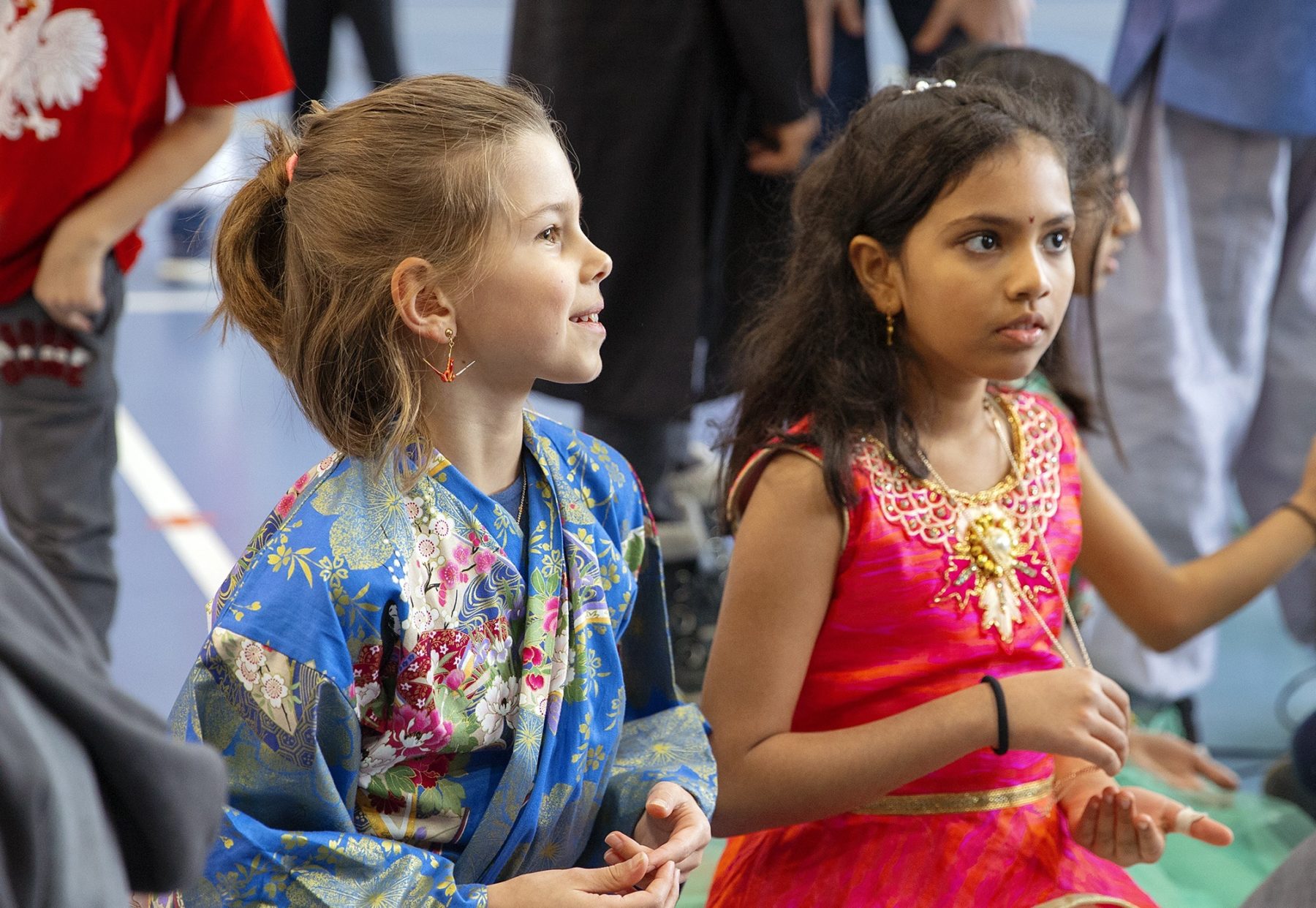
Who thrives in the Bilingual Programme?
This programme is designed for:
- Multilingual families who wish to reinforce both French and English
- Francophone families who wish to preserve robust French academics while adding deep English proficiency.
- International families looking for an inclusive and academically rigorous bilingual pathway
- Anglophone families wanting to give their children a bilingual education
Students with intermediate proficiency in both languages typically experience the greatest success. Entry is determined through a language assessment and a review of the child’s overall learning profile.
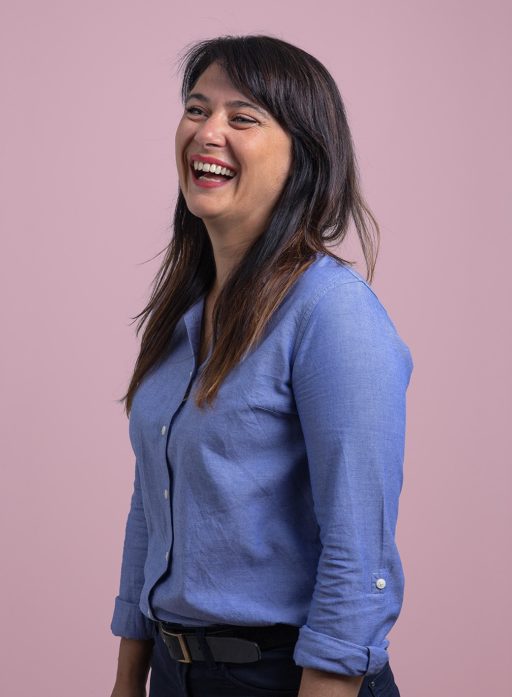
“This programme is a great learning opportunity for the students participating. They will be exposed to two languages almost equally and immersively, which is very beneficial to their learning.”
